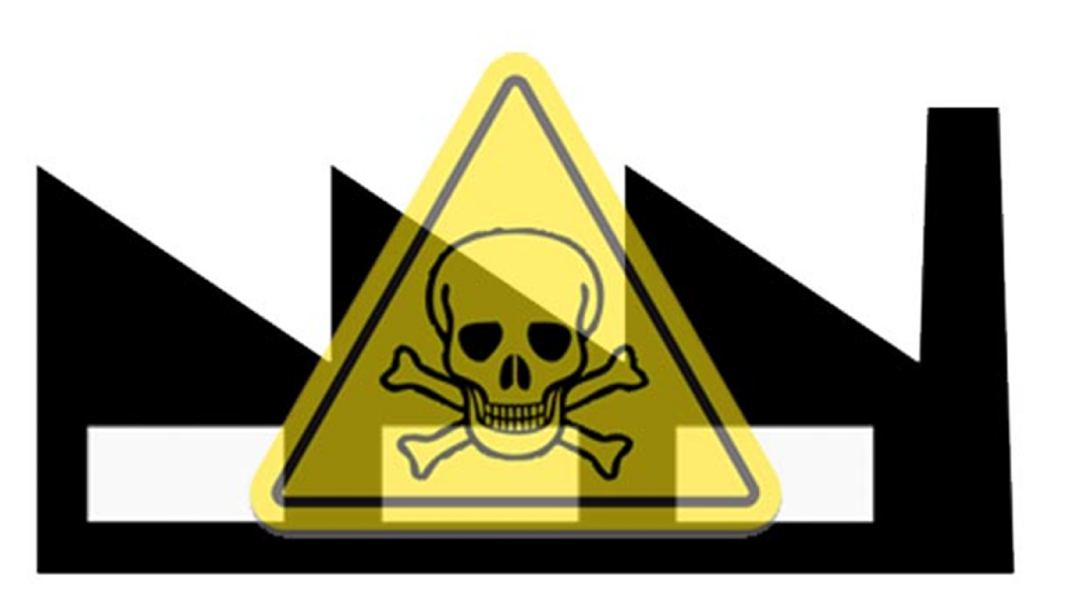|
With the advent of technology, the manufacturing industry has been witnessing improvements in efficiency, rate, and cost of production, quality of work, and, more importantly, the safety of the workers involved in the process.
Safety in the manufacturing process includes mitigating the risk of worksite injuries, work-related illnesses, and even death. Post COVID-19, safety precautions are also to include keeping workplaces functional and infection-free at the same time. Safety hazards are widely prevalent in any industry. Hence, safety at the manufacturing workplace and the industry level has become a basic commitment to the workers.
Prevention of safety hazards in the industry has become a common goal that industries aim to achieve, and accordingly, technological advancements are being directed to suit the goal. An effective safety process creates accountability, includes employee participation, and acts as an incentive to workers leading to improved efficiency and employee morale.
Safety Hazards in the Manufacturing Industry and Preventive Measures
Some common safety hazards in the manufacturing industry that need to be looked out at include the following:
Falls
One of the leading causes of injury and death among workers is slips, trips, and falls. They pose a serious risk to all employees working at manufacturing facilities. Working in heights is not a very common occurrence in the manufacturing workplace. However, the equipment and debris create the risk of falls becoming hazardous.
This necessitates employers to set up efficient measures to reduce the chance of their happening and prevent such incidents. Safety leaders help enforce protection procedures before, during, and after a fall, and these can be shared with employees during toolbox talks and by giving safety tips daily. The importance of clearing walkways and keeping them free of debris or equipment should be stressed to improve safety at the manufacturing workplaces.
Machine Guarding
The main reason for potential hazards is the requirement in the manufacturing industry to use certain types of equipment and heavy machinery such as a radial drill, guillotine cutters, shears, power presses, milling machines, saws, power tools, etc. These hazards include flying chips, sparks, and rotating parts resulting in crushed hands, amputation, or even death.
The way to safeguard workers from such hazards is to establish machine guarding. With proper machine guarding, the safety risks associated with operating heavy machinery are largely mitigated. Machine guards protect workers from heavy machinery risks acting as a line of defense between the two if and when workers become careless with the equipment.
Frequent inspection of machines is another step to ensure safety. Workers can be required to use a standardized checklist before beginning operations to prevent accidents before they happen.
Powered Industrial Vehicles
Powered industrial vehicles include forklifts, power jacks, lift trucks, reach trucks, etc. They are commonly prevalent in manufacturing workplaces for raising, lowering, or removing objects in boxes, crates, or other containers.
Lack of training is one reason for powered industrial vehicles posing a safety hazard. Another reason is that workers using such vehicles for longer duration tend to take shortcuts and circumvent safety procedures.
Some ways of preventing this hazard include training, worker protection, correct handling of loads, awareness of the surrounding environment.
Electrical Hazards
Electrical hazards such as unfastened electrical panels, improperly installed machinery, exposed wiring, and so on put the employees at risk of electrocution in manufacturing workplaces. A few simple steps to keep workers safe would include verifying the proper installation of equipment, insulating wiring, and electrical panels.
Lock-Outs/Tagout
The unexpected release of energy from energy sources like electrical, mechanical, or chemical machines poses a lockout/Tagout hazard, causing serious injury or death.
To prevent the same, lockout devices to de-energize equipment before servicing should be used. This can be ensured by implementing lockout/Tagout training for employees.
Poor Maintenance
Maintaining machinery and equipment poorly increases the risk of safety hazards. Even fail-safe features in machinery can malfunction if machinery is not periodically maintained. Regular maintenance checks by utilizing the services of professionals and training employees in operating, maintaining, handling during an emergency breakdown, and reading warning indications are extremely necessary to reduce safety hazards due to poor maintenance.
Uncontrolled fires
When controlled flames from combustion and welding equipment get out of control, they put employees’ lives at risk. Other common causes of fire are lighting and electrical systems.
It is essential to fit manufacturing workplaces with smoke detecting devices, sprinklers, and other fire safety equipment to control such outbreaks and impart the necessary training required to use the safety devices. The building premise of the manufacturing unit should be marked with fire exits, and fire drills should be carried out regularly.
Confined spaces
Oxygen depletion is a safety risk in confined spaces such as vats or tanks. Workers employed in confined spaces must receive training to act during such oxygen depletion and resultant suffocation.
Hazardous Materials
Workers may have to work with dangerous chemicals like caustic cleaning solutions, battery acid, and flammable substances such as ethanol. They have to be educated on safely moving, loading, and operating the processes involving these chemicals. Training in categorizing, identifying dangerous chemicals, following safety instructions, treating exposure to chemicals, evacuating premises during risk need to be imparted to workers involved in processes involving these chemicals.
Conclusion
Regardless of technological advancements and the resultant reduction in the risk in the manufacturing process, safety hazards continue to pose a serious issue to employers and employees. Despite this reality, hazard identification, control, proper guarding, and safety training are extremely helpful in improving safety standards in manufacturing environments.
Including employees in ensuring their health and safety can greatly help mitigate risks and improve their morale and efficiency. With the latest technology such as drones, robots, novel automation, AI, predictive models, etc., the future of hazard mitigation in the manufacturing industry looks reassuring and beneficial.
By Vincent Hua, Marketing Manager at TSINFA
| 


